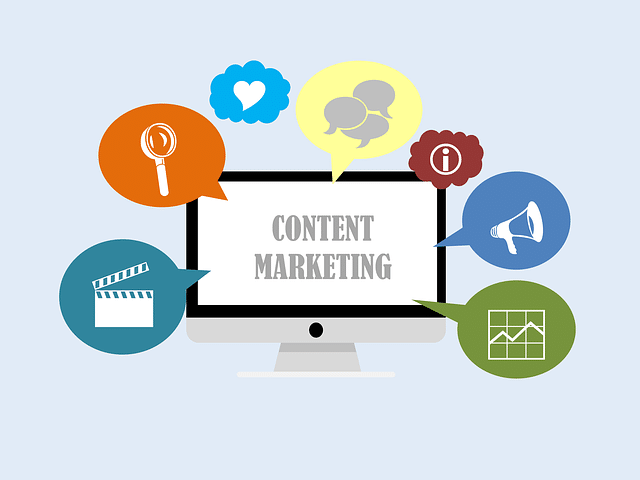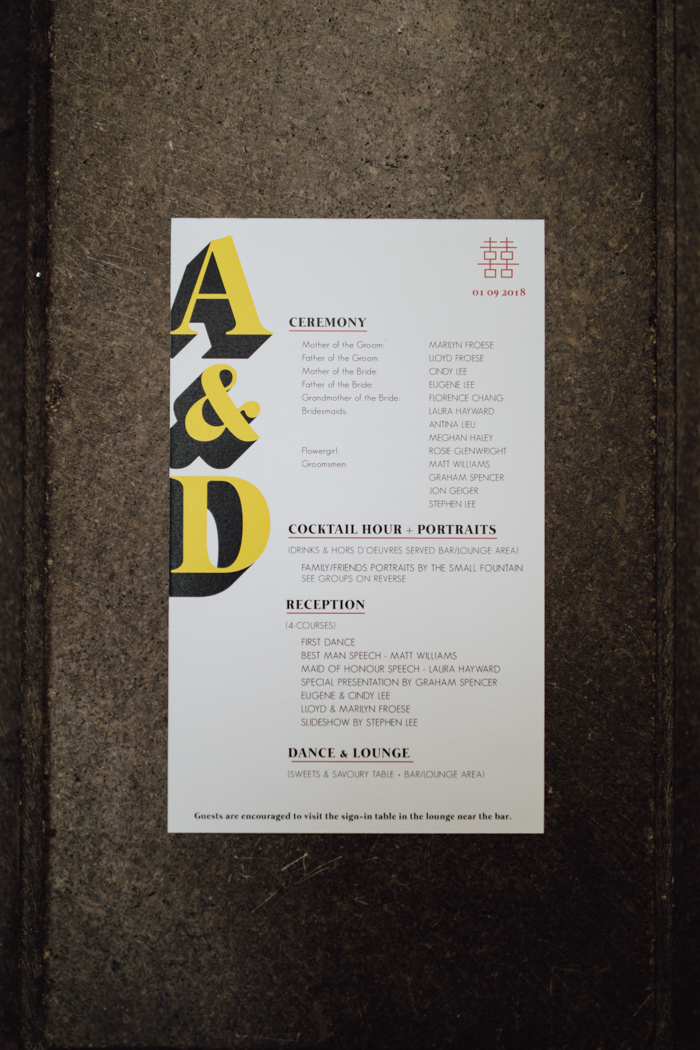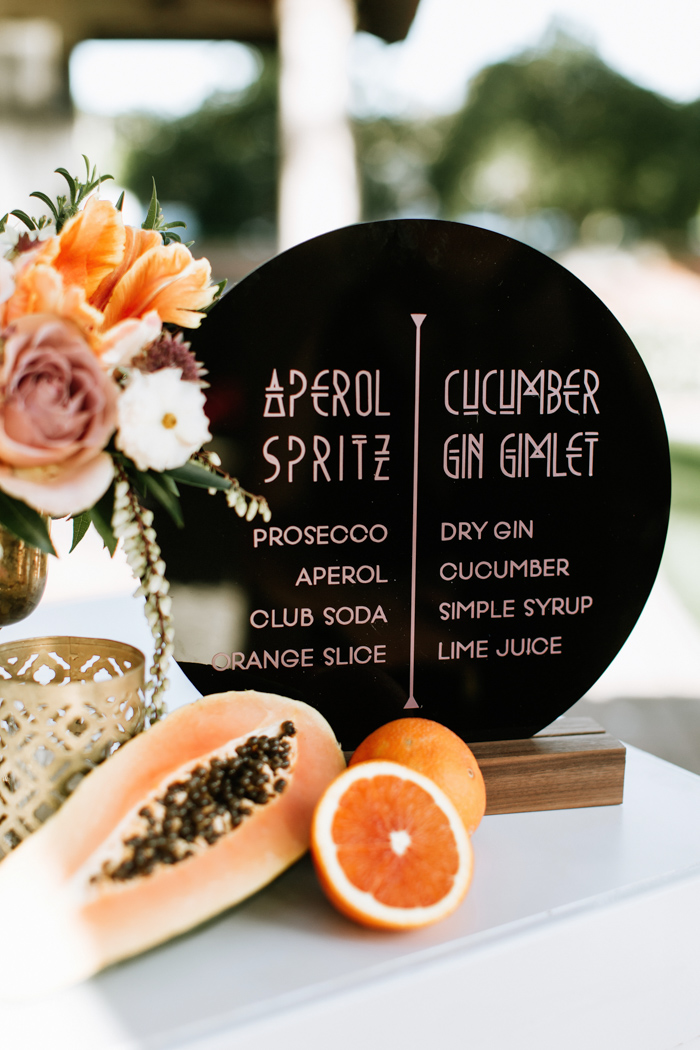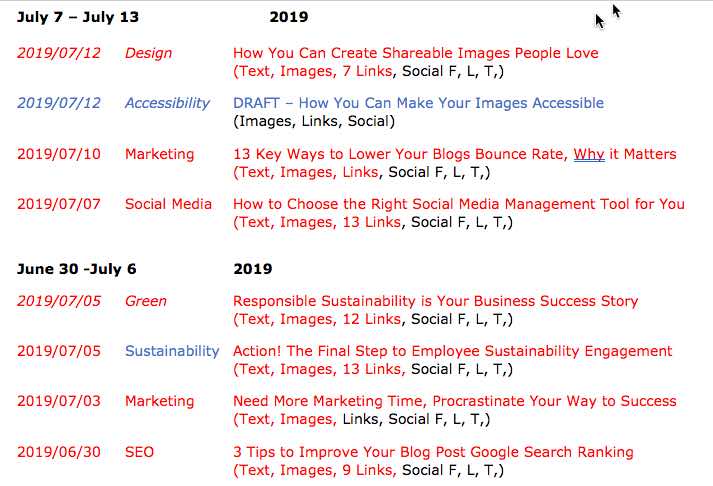
by riley | Dec 10, 2020 | Marketing
When you’re planning out your wedding decor, one of the last things that probably comes to mind is wedding signage. However, wedding signs are one of the first things your guests see when arriving, and although they may seem like a small detail, they play a key role in your wedding.
From welcoming guests to telling them where to set their gifts to introducing your signature drinks, signs can be used for almost everything–literally. If you’re unsure which ones you need to include and which ones you can skip, you’re in luck. Because we’re narrowing down which ones are must-haves and sharing some of our favorites so you can get inspired.
What Wedding Signs You Need
Welcome Signs
Welcome signs do exactly what they’re titled–welcome your guests! They help them know they are in the right place and will save your planner the trouble of having to reassure everyone that walks through the door that they are where they’re supposed to be. They typically include your name, the wedding date, and sometimes the venue.
Guest Book
Guest books serve as a scrapbook that you can look back on throughout the years. It’s important to have signs so that your guests can find your guest book and sign it. Wrangling hundreds of guests can be quite tricky, after all.
Ceremony Decor
Signage is one of the easiest ways to dress up your ceremony space. Break down your wedding timeline, let your guests know if you are having an unplugged ceremony, include your favorite love quotes or poems, and more. The wedding sign world is your oyster.
Directions
If you’re holding your wedding in a large space, you might want to consider a sign giving your guests directions. This is especially true if your ceremony and reception are in two different locations.
Bar Signs
Bar signs are extremely important if you’re going to have an open or cash bar. You want to let your guests know what drinks are available (ex. wine, liquor, beer, etc.). If you know you are going to be serving signature cocktails, signs are the best way to introduce the name of the cocktail as well as the ingredients.
Seating Chart
Seating charts are another extremely important addition to your wedding decor. You’ll want to let your guests know which table they are at, and who they will be sitting with.
Favors
Lastly, you will want a sign for your favors. You don’t want your guests to leave without their goodies. Placing a small sign next to your thank you gifts will help draw attention and let them know what you’re passing out.
Our Favorite Wedding Signs
Welcome Signs
Shop wedding welcome signs: Acrylic Wedding Sign ($63); Rustic Wood Wedding Welcome Sign ($87); Adella Minimalist Wedding Welcome Sign Template ($7.79); Reese Boho Welcome Sign ($8.67)
Ceremony Decor Wedding Signs
Shop ceremony decor signs: Unplugged Ceremony Acrylic Wedding Sign ($55.16); Pick A Seat Unplugged Ceremony Wedding Template ($6.92); Marlo Contemporary Unplugged Sign ($7.79)
Timeline Wedding Signs
Shop timeline wedding signs: Modern Wedding Timeline Sign ($12.19); Juliette Minimalist Wedding Timeline ($6.00); Wood Wedding Events Sign ($36); Order of Events Printable ($10.71)
Bar Wedding Signs
Shop bar signs: Painted Acrylic Bar Menu ($54); Calligraphy Bar Sign Template ($3.90); Custom Pet Drink Wedding Sign ($66.40); Printable Signature Cocktails Sign ($9.60)
Seating Chart Wedding Signs
Shop wedding seating charts: Adella Minimalist Wedding Seating Chart Template ($7.79); Black Acrylic Seating Chart ($77.69); Acrylic Seating Chart ($106); Half Arch Acrylic Seating Chart ($300)
Neon Wedding Signs
Shop neon wedding signs: Custom Neon Wedding Sign ($120); Better Together Neon Light ($180); Till Death Neon Sign ($150); Crazy in Love Warm White Neon Sign ($169.80); All You Need Is Love Neon Sign ($168)
Now that you’ve got your wedding signs figured out, it’s time to plan your reception decor! Check out our favorite 50+ budget-friendly reception decor items for your wedding!
The post 7 Wedding Signs You Definitely Need At Your Wedding appeared first on .
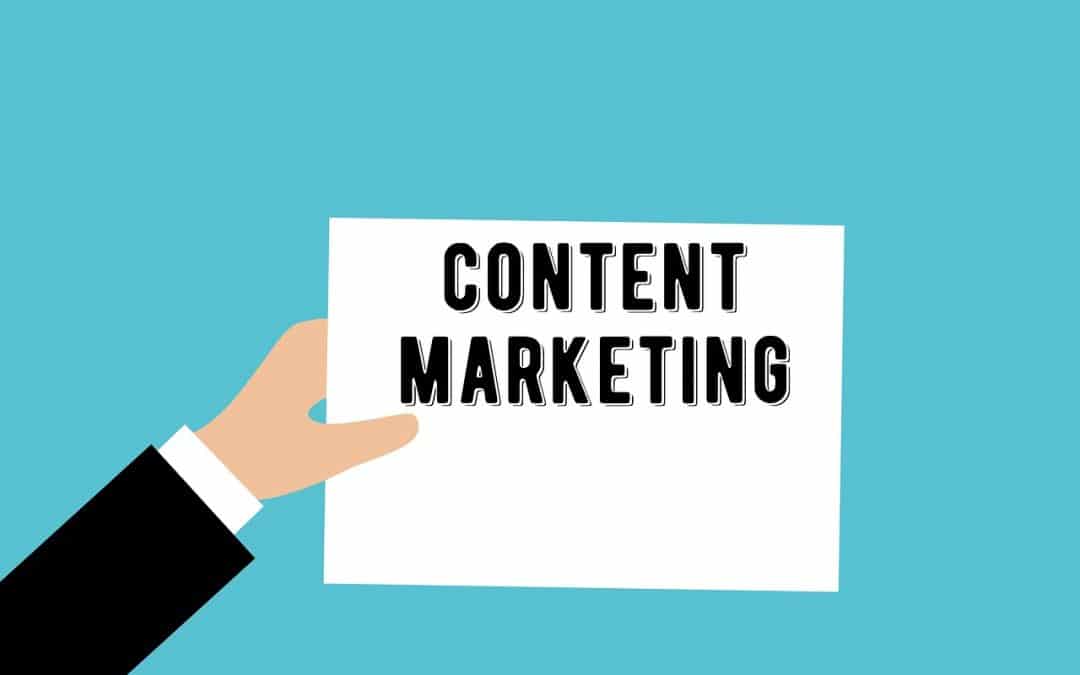
by International Associations | Dec 6, 2020 | Marketing
What is Content Marketing and Does it Matter?
Traditional marketers for many years have used content to disseminate information about a brand and to build a brand’s reputation. A great early example of content marketing was Poor Richard’s Almanac, first issued by Benjamin Franklin in 1732.
In the early 20th century, the Sears, Roebuck and Co. mail-order catalog was the ultimate content marketplace, much like Amazon is today. You could even buy a house straight from the catalog. You just picked out the home you liked and Sears would deliver it just for you. From 1908 to 1940, Sears sold between 70,000 to 75,000 homes, so there are plenty of these homes still out there. To find them, you just need to know where to look.
What Type of Content Does Your Marketing Need?
You need to be focused on creating, publishing, and distributing content for your targeted online audience. As an important component of your digital marketing strategy, your content must attract visitors attention and generate leads to help expand your customer base.
Your content marketing main function is to generate leads. Accomplishing this will increase online sales while building brand awareness, reputation and credibility. Content marketing is also a great way to create engagement within an online community of users.
Your Content Marketing has to Anticipate Needs
Unlike other forms of online marketing, content marketing relies on anticipating and meeting a new or existing customers need for information, as opposed to creating demand for a new need.
In a Mashable Article James O’Brien about Red Bull wrote, “The idea central to content marketing is that a brand must give something valuable to get something valuable in return. Instead of the commercial, be the show. Instead of the banner ad, be the feature story.”
Content marketing requires you to deliver large amounts of content, preferably within a content marketing strategy. You have to take a unique approach to content marketing while keeping in mind another statement O’Brien made in the Mashable article, “Red Bull is a publishing empire that also happens to sell a beverage.”

by International Associations | Dec 3, 2020 | Marketing
Is AI Marketing’s Future?
Balancing analysis and execution has always been part of the marketing equation. Moving into the digital age marketing has only become more complicated, especially with the growth of social media’s influence. However, the established cycle of analyzing, optimizing, executing, and repeating is still the foundation of all our successful initiatives.
Today, the era of personalized marketing has arrived. Robot assistants are able to perform more of the mundane duties that human marketers had to do in the past. Robots can complete these tasks more quickly and accurately than human marketers have ever been able to. A driving force behind these developments and one of the early innovators behind artificial intelligence is IBM.
With their Watson Marketing suite of tools and APIs, IBM is powering an increasing number of real-time analysis and optimization opportunities. Using Watson CMS, the IBM Think Marketing portal automatically serves up a different mix of content based on what you’ve read in the past.

We were given a glimpse of marketing’s future, at The Masters’ golf tournament. IBM is a long-time sponsor of this internationally recognized event. Because of their sponsorship, they provide the tournaments technology. For the first time, IBM used Watson to automatically determine which video clips should appear on the official Masters’ website and mobile app.
Watson based its decisions on real-time signals it gathered live on-site. These included variables such as loudness of the crowd’s reaction and by analyzing the announcers’ commentary. Watson instantly identified a piece of video as a highlight, tagged the video, and pushed it live out to social media.

Can you imagine the ability to have this technology applied to your YouTube channel? Or how it could be used to determine the optimal email subject line for each recipient of your email campaign. Or creating instant ad buys for content that outperforms your past efforts. Today, human marketers can do all of these tasks. However, it requires a lot of their time and a lot of effort to do so.
Are The Robots Here to Help?
Artificial Intelligence learns from each interaction, getting smarter and making it able to take many labor-intensive functions and automate them. Because of this marketers are freed from mundane tasks and given the time to think and create. While robots work. Rather than being artificial intelligence, AI for marketers is actually augmented intelligence.
There’s really no fear that robots will replace marketers. Instead, it’s exciting to imagine how robots will help marketers do their jobs better and faster. AI will help create communications that are more relevant and impactful between visitors and businesses who choose to embrace the future.

Watson and other cognitive systems are only as good as the data, requests, and other inputs fed into it. This is why the successful marketers of the future will understand and embrace new technologies moving forward. Learning what is possible, and how to structure the feeds, sequences, and triggers needed to maximize the benefits of real-time technology at their disposal.
Will Artificial Intelligence Be Marketings Future?
The currency among professional marketers is their insatiable curiosity, combined with an acute understanding of data, applied to ever more varied customer journeys. All marketers will need to understand what actually motivates your visitors to become customers. If you want to hone your digital marketing skills subscribe to my Business blog.
Marketers have always taken pride in their creativity. The ability to develop a concept that is both groundbreaking and effective attracting customers to their product or service. In the digital age, many interactions will soon be specifically tailored to your individual customers’ needs. We are witnessing the dream of personalized marketing becoming a reality.
Have you adopted the use of Artificial Intelligence in your business? How is Artificial Intelligence making your marketing easier? Leave us a comment about how AI has helped your business.

by International Associations | Nov 20, 2020 | Marketing
What Effect Does Persuasion Have on Your Messages?
It’s hard to imagine the billions of dollars are wasted on ads that don’t grab attention or motivate people to act? We have always tried to influence others, with advertising being the modern persuasion method.
Many theories have been developed about the effect persuasion has on our brains and decision making. We will examine some of the most current data about persuasion science and how it affects your business in this article.
How Effective are Persuasion Messages?
The effectiveness of persuasive messages on the brain has been thoroughly researched for many years. Every day you participate in or create persuasive arguments that you hope will change people’s views, or convince them to buy a product or solution that will change their lives.
Few of these messages will actually grab people’s attention, change their perceptions and cause them to act. Persuasion ia a game which is often a waste of time and money.
How Our Brains React to Ads Predicts their Impact
If you further investigate why people like or dislike your messages, you will not get closer to the truth of why some messages work and others don’t. Only measuring brain responses to ads can shed light on how your unconcious brain reacts to sales messages and predict the impact they have on the brain.
Persuasion science is a new field that can finally provide scientific answers to questions that have puzzled advertisers, marketers, academics and researchers for many years. But while measuring brain responses has become relatively easier and affordable, the real challenge is to make sense of the gigabytes of data generated by millisecond recordings of brain waves, eye fixations, facial expressions and skin moisture.
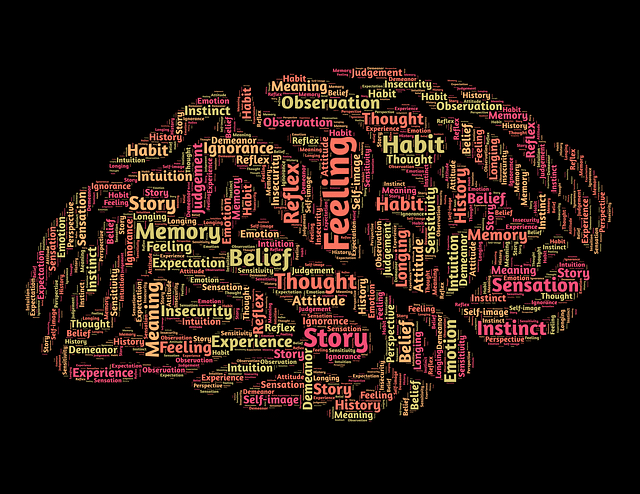
After decades of research and practice in the field of persuasion science, which is also known as neuromarketing or consumer neuroscience some progress has finally been made. Researchers have developed a persuasion theory that helps construct and deliver convincing product claims to your intended audience.
Persuasion Theory is Based on Brain Science
There are many persuasion theories that have been debated for hundreds of years. Few of these theories are anchored in what actually happens in the brain when people receive a message, understand the appeal, feel emotions related to the message and trigger a decision.
New answers have emerged to help us understand how ads can either influence us or be disregarded within just a few seconds.
How do Persuasive Messages Relate to the Brain
We have learned a lot about the relationship between persuasive messages and the brain. It is now understood that the nervous system has two major systems, with one dominating the processing of these messages and it is not the one you would suspect does.
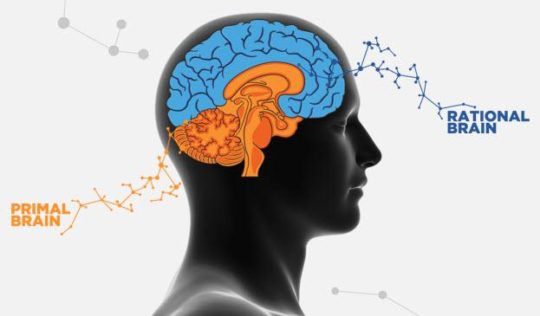
The Primal Brain: This is the older brain system and is composed of brain structures that are designed to make you safe. The Primal brain controls your attention and emotional resources addressing your survival-related priorities below your level of consciousness. You could think of it as the BIOS of your mind, a set of basic instructions that control how your computer receives input and output. The Primal dominates the processing of all persuasive messages!
The Rational Brain: This is the more recently developed and more evolved part of the brain. You should think of it as the latest version of Windows or Mac OS for your brain. The Rational brain acts like a suite of enhanced applications that you can learn, change or upgrade during your lifetime. This part of your brain helps you regulate some of the responses of the Primal brain.
Persuasion Science is Based on the Dominance of the Primal Brain
Because of the dominance of the primal brain in unconcious thought responses, it’s often said that persuasion is an effect which works from the bottom-up. If you want to optimize your chances of getting results from your ads, you need to first and foremost make your messages friendly to the Primal brain. How can you acheive this? To be effective your messages need to use the 6 persuasion factors that trigger instant Primal brain responses.
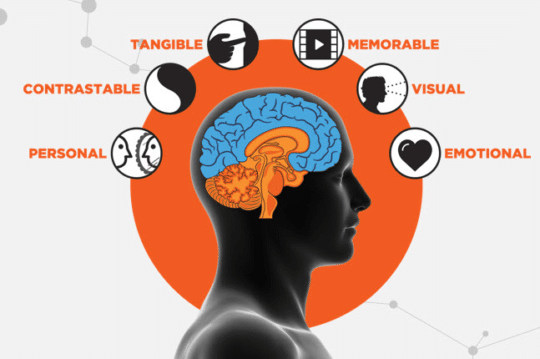
Make your message PERSONAL: You have to think of the Primal brain as the center of ME. It has no patience or empathy for anything that does not immediately concern its well-being. It scans for threats before it attends to pleasure. Vigilance drives the speed and nature of its response.
Make your arguments CONTRASTABLE: The Primal brain is sensitive to solid contrast such as before/after, risky/safe, with/without, and slow/fast. Contrast allows quick, risk-free decisions. Without contrast, the brain enters a state of confusion, which delays a decision, or worse, stalls a decision altogether.
Make your proofs TANGIBLE: The Primal brain needs tangible input. It is constantly looking for what is familiar and friendly; what can be recognized quickly, what is concrete and immutable. The Primal brain cannot process complexity without a lot of effort and skepticism. It appreciates simple, easy-to-grasp, concrete ideas.
Make your story MEMORABLE: The Primal brain remembers little. Placing the most important content at the beginning is a must, and repeating it at the end is imperative. Keep in mind that what you say in the middle of your delivery should be brief and convincing. Don’t go over 3 convincing arguments: your CLAIMS. The Primal brain loves stories because a good narrative construction is easy to remember.
Make your points VISUAL: The Primal brain’s default sensory channel is visual. The optical nerve is physically connected to the Primal brain and at least 25 times faster than the auditory nerve. Therefore, the visual channel provides a fast and effective connection to accelerate decisions. No other sense is more dominant than the visual sense. It is the superhighway of your messages.
Make your impact EMOTIONAL: The Primal brain is strongly triggered by emotions. Emotions create chemical events in your brain that directly impact the way you process and memorize information. In fact, you simply can’t remember events unless you strong “emotional cocktail.” No emotion, no decisions!

by International Associations | Nov 6, 2020 | Marketing
What is Blogger Burnout?
I’m sure that most bloggers start off with a huge burst of energy and excitement. I get a personal rush from putting my thoughts down and releasing them for the world to see. For me blogging has come from learning so many new things since deciding to begin the Better Business Alliance.

The Better Business Alliance was born from seeing how small business is affected by the growth of the digital world that we live in. There are unique gifts and challenges facing every small business owner today as a direct result of the new connected world that surrounds us.
The Better Business Alliance blog gives me a platform to share with others the new skills and information that I am learning every day. My hope is that others can benefit from the content that I am sharing and learn from my experiences.
During the past year while writing my blog posts I have felt what I’m sure all bloggers feel. I experienced my first bout of “blogger burnout” and understand how it can stop you in your tracks.
Although I have only been blogging for about a year, I have set my goals high. In addition to my Better Business Alliance blog, I soon felt the need to blog about two other topics that interest me. Accessibility and Sustainability are two topics that matter, and are important for all of our futures.
Because of my hectic blogging schedule I understand how difficult it can be to maintain focus and complete my posts on time. So today I want to share nine ways that I use to stay fresh and inspired with my blogging. Hopefully these will help you spot burnout coming, and head it off before it hits you with full force.
But before we get into them let’s look at some causes of blogger burnout.
Why Does Blogger Burnout Happen?
Blogger burnout can materialise in different forms and for different reasons.
- You may think you have run out of topic ideas or said everything there is to say.
- You may have become disillusioned with your topic, your niche, or blogging in general.
- Despite working really hard on your blog, you may not think it’s paying off.
- You may not be reaching the goals you set for yourself.
- You may feel overworked and worn out.
- Your blog may not focus on the reason you started it.
- You may be overwhelmed by everything you need to do to keep your blog running.
Whatever the cause of your burnout, here are some practical things you can do to tackle it.
Make Your Goals and Expectations Realistic
You need to fit your blogging in around the rest of your life. Unfortunately, some bloggers fail to take this into account.
You might believe that you must post every day or every week. For many bloggers that’s just not feasible to do. Once, twice, or three times a week would work for them and fit into their lives much better.
You have to understand that it’s okay to be flexible with your posting schedule. If you don’t post as often one week, or even take a full week off, the world won’t end.
Be realistic with your expectations and your goals.
You may have dreamed of having millions of readers and making lots of money. However I suspect you now know that achieving that kind of success with a blog can take years. And you have to produce useful content the entire time.
Establish Your Own Blogging Groove
Personally I find blogging easiest when I have established a rhythm to my week. That means having specific times when I brainstorm ideas, write my content, and edit my content.
I keep my blogging calendar in a word document, but you don’t need to be that structured. Do what works for you. I usually write in the morning and being a night owl, I settle in and do my editing in the evening.
What schedule could you create for your blogging? Decide what you need to do, and how it fits into your schedule. You need to establish habits that work for you and try to get into your own blogging groove.
Identify Your Problem Areas
WIth blogger burnout, there’s often a particular area where you’re getting stuck. It might be coming up with blog topics. It might be sitting down and editing. Sometimes that’s mine. Or you might feel disillusioned about your blogging.
Comparing yourself to other bloggers you might become frustrated that your blog isn’t yet as successful as theirs’. Maybe you just need a break from blogging, and need some time off to rest and recharge.
I have experienced blogger’s block and feel that there are three places where you can get stuck:
- coming up with your blog content ideas
- writing your content
- completing your content.
These are all different types of blogger’s block. If you’re feeling burnt out with creating content, you might want to chat with someone about your feelings of burnout.
You Have to Take Care of Yourself
You have to stay healthy if you hope to sustain a healthy blog over the long term.
One of the biggest reasons bloggers burn out is they’re not in a healthy place. It might be their physical health, their mental health, a lack of sleep, or something else affecting their performance.
After starting my blogging I soon realized that I wasn’t taking care of myself. My lack of exercise took it’s toll on my body, my energy and my creativity.
I quickly realized that I had to do something. Here are a couple of quick tips.
- Build exercise into your routine. It might be fitting a walk into your day, or simply getting up from your desk a couple of times a day. I started hitting the gym three times a week.
- Look at your diet. Are there changes that you could make? You might be thinking about eating more healthy, nutritious food and less junk.
Take Regular Breaks to Recharge
Taking a break, resting or sleeping might seem unproductive. But they can help your blog in so many ways. The better you rest, the better you work.
It can help you to think about getting rest and time away from your blog.
- Daily: I work on my blog during business hours, normally writing in the morning. and afternoon. Three mornings a week, I hit the gym to help clear my mind.
- Weekly: Weekends are for unwinding and rejuvenating. I may do a couple of really short bursts on a Saturday morning or a Sunday evening. Having the time to relax really important.
- Yearly: I schedule time off during the year to spend with my family. Usually a couple of week long breaks and a couple of long weekends.
It’s important to unplug regularly so you’re not constantly obsessing about your blog. By focusing on leisure, your blogging will be better. Other areas of your life will also benefit such as your friendships and your relationship with your family.
Build and Nurture Your Relationships
Taking breaks with family and friends is important for your relationships. Working online a lot of our interactions tend to be virtual.
While your online relationships may be positive, it’s important for you to have grounded, real-life relationships as well.
Working online can open you to some pretty vicious attacks from strangers. While your online friends may help you through those times, it’s your real-life friends that will provide the real support needed.
Online relationships matter too, because your friends and family may not understand what you’re going through as a blogger. One of the best ways to solidify online relationships is to attend blogging events whenever you can. I’m a member of the local Bloggers Meetup group. Having face to face meetings with other bloggers is a great way to strengthen your relationships with them.
Make Inspiration and Learning Part of Your Day
One of the most powerful things I do is schedule at least 5–10 minutes a day to watch or listen to something inspiring. With the growth of technology, I now tend to listen to podcasts.
I try to include two types of podcasts. Ones that inspire me, and ones that teach me something. Both give you energy in different ways and are equally important.
What you listen to or watch doesn’t always need to be about blogging or your blog’s topic. You get your inspiration from wildlife documentaries, and the beauty of the animal kingdom.
You don’t have to spend a lot of time for them. Spending just ten minutes watching a video or listening to a podcast can help you feel inspired, and more knowledgeable.
Engage, Pivot, and Evolve
I am easily bored by the mundane. When I’m bored I become more curious. I prefer to explore and search for new ways to approach everyday problems. Many would describe this as thinking outside the box.
Over the years I’ve learned that I need to look for new ways to do things.
One of the great things about blogging is it’s always changing. There’s always something new to try, which can be distracting. However I think it’s important to bring play and experimentation into what we do.
Another way to pivot and evolve is to add categories to your blog. You could also try:
- Running a new series of posts
- Monetizing your blog, or launching a new product
- Changing the design of your blog, whether it’s getting a new logo or changing the colours
As well as energizing you, these pivots and changes keep your blog engaging and fresh for your readers.
Make Your Blogging Matter
This is probably the most important thing you can do to avoid or get through burnout. You need to select blog topics that matter. Both to you and to others.
If your blogging is about something that you have a genuine interest in and believe in, you’ll find it to be much easier to keep your momentum. Of course, it will still get tough sometimes.
However, the fact you’re making other people’s lives better can give you the energy and inspiration to get through it. Emails and comments from readers have a tangible and positive impact on maintaining your focus.
If you’re experiencing blogger burnout, there’s nothing wrong with taking a break. Don’t be afraid to give yourself some time off. Be sure you start blogging again when you return.
You might consider bringing in guest posters to cover the time you’re way. Or you might just tell your readers that you’re taking a bit of time off. They’re usually understanding about the need for rest and recovery.
While you’re on your break, you might want to think about implementing at least one or two of the points we’ve covered:
- Make your expectations and goals realistic
- Establish your own blogging grove
- Identify your problem areas
- You have to take care of yourself
- Take regular breaks to recharge
- Build and nurture your relationships
- Make inspiration and learning part of your day
- Engage, pivot, and evolve
- Make your blogging matter
If you’re going through a tough time, please take care of yourself. Feel free to reach out for help and support in the comments.





